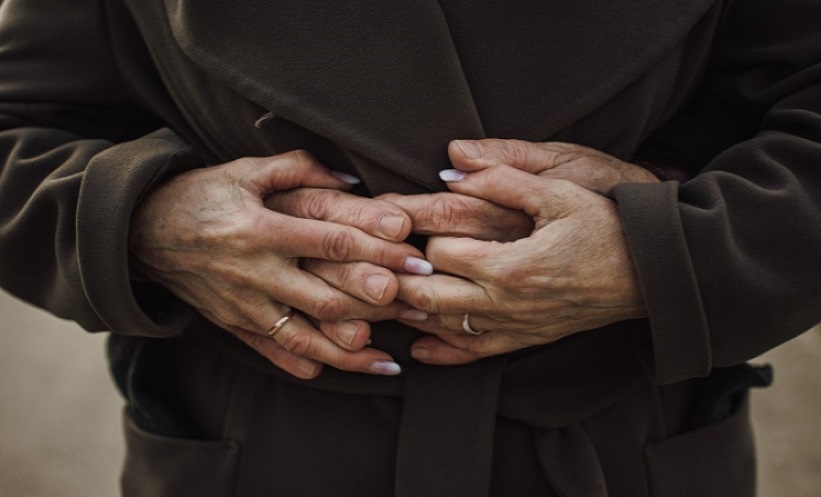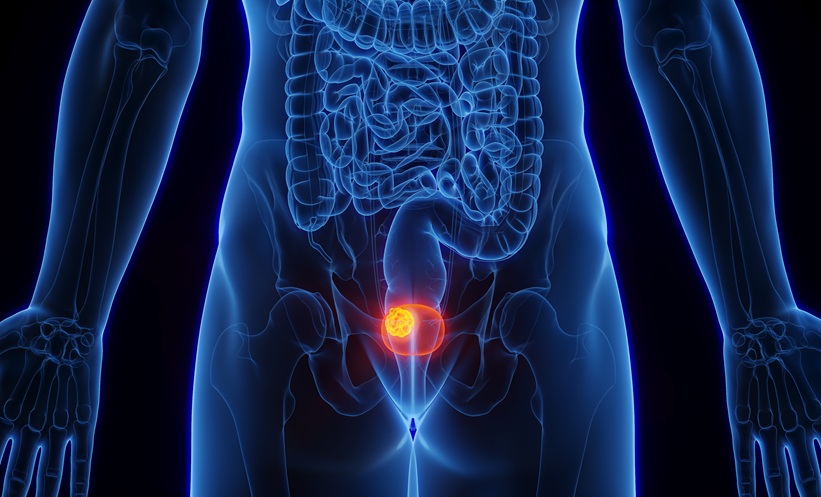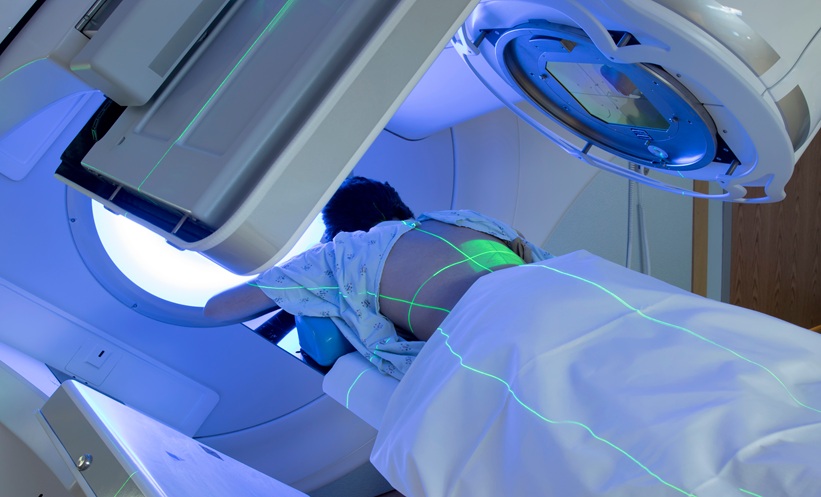RESEARCHERS have conducted studies to examine instances of erectile dysfunction (ED) following recovery from COVID-19 infection. Currently, information on this condition remains insufficient, particularly with regard to post-recovery times and variations in social and cultural situations. Sexual dysfunction which persists after COVID-19 infection is also known as sexual long COVID syndrome, and can negatively impact quality of life.
A recent study carried out by investigators at the King Chulalongkorn Memorial Hospital, Bangkok, Thailand, focused on erectile function and its antecedents 3 months after recovery from COVID-19. A cohort of 153 male patients between 18–70 years of age, who tested positive for COVID-19 following nasopharyngeal swab and who had reported engaging in sexual activity in the previous 2 weeks between May–July 2021, were included.
To prevent the further spread of COVID-19, examinations took place over the phone, or online with those patients unable to read or write. Researchers used the same questionnaire with each individual 3 months following recovery. COVID-19 vaccine status, and details of hospital treatment, were included, and the following were recorded at baseline: age, BMI, underlying disease, nicotine and alcohol usage history, education, and marital status. Age and comorbidities, which are significant risk factors in ED, were assessed.
Researchers utilised the International Index of Erectile Function 5 (IIEF-5) to evaluate the erectile function of each participant for the period during, and 3 months following, the positive COVID-19 test. This is a self-rated test including 5 questions which focus on sexual intercourse satisfaction and erectile function, and is a common tool in diagnosing and evaluating ED. The Generalized Anxiety Disorder Scale (GAD-7) and Thai Patient Health Questionnaire 9 (PHQ-9) were also used. Researchers also collected reports of penile morning erections from participants. A second evaluation of 141 participants occurred 3 months following infection.
Between the first and second evaluations, researchers discovered no significant differences between mean age, BMI, or any other variables. Three months following recovery from COVID-19, differences were noted in mental health status and erectile function.
In conclusion, researchers noted that ED prevalence was still high, despite dramatic improvement 3 months following COVID-19 recovery. Male patients >40 years, or experiencing major depressive disorders, were more likely to test positive for ED 3 months after COVID-19 recovery.








